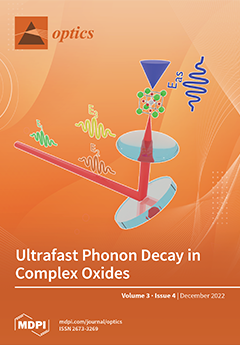Open AccessReview
The Rationale for the Optimal Continuous-Variable Quantum Key Distribution Protocol
by
Roman Goncharov, Irina Vorontsova, Daniil Kirichenko, Ilya Filipov, Iurii Adam, Vladimir Chistiakov, Semyon Smirnov, Boris Nasedkin, Boris Pervushin, Daria Kargina, Eduard Samsonov and Vladimir Egorov
Cited by 5 | Viewed by 2504
Abstract
This article describes the current technical level of developments in the field of continuous-variable quantum key distribution (CV-QKD). Various classifications are described, the criteria are analyzed, and the optimal protocol is selected. The analysis is focused around device-dependent schemes with a theoretical emphasis,
[...] Read more.
This article describes the current technical level of developments in the field of continuous-variable quantum key distribution (CV-QKD). Various classifications are described, the criteria are analyzed, and the optimal protocol is selected. The analysis is focused around device-dependent schemes with a theoretical emphasis, and therefore, a detailed analysis of device-independent CV-QKD and side-channel attacks is out of the scope of the work. However, the latter, one way or another, is taken into account when describing possible classifications. The choice of the optimal protocol was carried out, first of all, from the potential possibility of integration into existing network telecommunication infrastructures. Predominantly, the general classification is carried out in such a way that it is possible to draw up a specific protocol, depending on the task of implementation.
Full article





